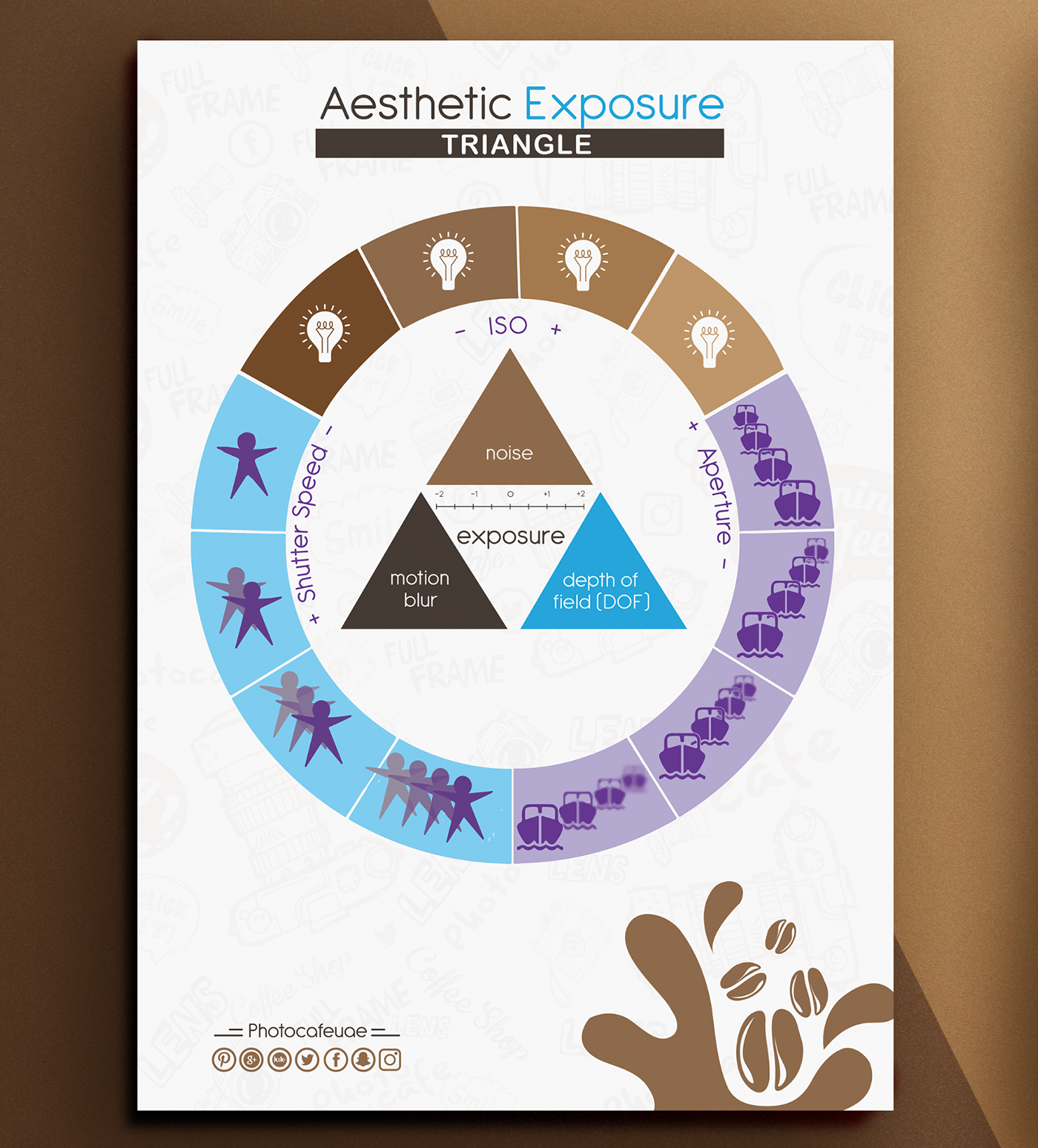Join Us To Discover Essential Photography Pointers That Will Unlock Your Electronic Camera'S Possibility-- Prepare To Record Magnificent Pictures Quickly!
Join Us To Discover Essential Photography Pointers That Will Unlock Your Electronic Camera'S Possibility-- Prepare To Record Magnificent Pictures Quickly!
Blog Article
Web Content Author-Barrett Bryant
When you first pick up your cam, it can really feel frustrating with all the setups and alternatives offered. You could find yourself wondering exactly how to navigate aperture, shutter rate, and ISO efficiently. Understanding these principles is important, yet there's more to photography than just technical knowledge. Recognizing structure methods and lighting conditions can raise your photos substantially. So, what if you could find out straightforward techniques to enhance your abilities and begin catching impressive photos faster than you think? Allow's discover just how to change your digital photography trip.
Comprehending Camera Settings
Understanding your video camera setups is important for recording magnificent pictures. When you grab your video camera, familiarize yourself with the 3 primary setups: aperture, shutter speed, and ISO. Each plays a vital duty in how your photos turn out.
Beginning with please click the next website , which controls the quantity of light going into the lens. A bigger aperture (lower f-number) lets in a lot more light and develops an attractive history blur, excellent for pictures. On the other hand, a narrower aperture (greater f-number) maintains more of the scene in emphasis, ideal for landscapes.
Next, focus on shutter rate. This setting figures out the length of time your video camera's sensor is subjected to light. A rapid shutter speed freezes motion, which is fantastic for activity shots, while a sluggish shutter rate can produce spectacular effects like smooth water in landscapes.
Finally, readjust your ISO. This setting impacts your camera's level of sensitivity to light. A higher ISO is useful in low-light scenarios yet can introduce noise or grain. Aim for the lowest ISO feasible while still attaining correct direct exposure.
Composition Methods
When you're out shooting, structure can make all the distinction in how your photos resonate with viewers. Start by utilizing the guideline of thirds; visualize your structure split into nine equivalent areas with two straight and 2 vertical lines. Headshot portrait along these lines or at their intersections to develop balance and rate of interest.
Next, consider leading lines. These natural lines in your scene, like roads or rivers, draw the visitor's eye into the photo, leading them through the tale you're informing.
Do not forget mounting; use elements within your scene, like trees or windows, to produce a framework around your topic, including depth and emphasis.
Also, watch on read article . A chaotic background can distract from your main topic, while a basic one helps it stand out.
Last but not least, try out balance and patterns; they can create a striking picture that catches interest.
Mastering Lights Conditions
Grasping lighting problems is essential for capturing magnificent photographs, as the appropriate light can transform a regular scene into something remarkable.
Begin by observing natural light at various times of the day. Early mornings and late afternoons offer the best light, referred to as the gold hour. The soft, cozy tones throughout these times can boost your images perfectly.
Don't shy away from overcast days either; diffused light can lessen severe shadows and develop a pleasing result, specifically for portraits.
Explore backlighting by positioning your topic versus the light source. This technique can create a wonderful halo impact and add depth to your images.
Pay attention to your electronic camera settings as well. Adjust the ISO, aperture, and shutter rate to match the illumination conditions. A higher ISO can help in low light, but beware of grain.
Make use of a tripod in darker atmospheres to stay clear of blur.
Lastly, do not fail to remember synthetic illumination. Flash and continual lights can be terrific devices for managing light in tough problems.
Conclusion
Finally, understanding your electronic camera does not have to be frustrating. By understanding your setups, applying make-up techniques, and utilizing the power of all-natural light, you'll promptly elevate your digital photography skills. Remember, practice makes perfect, so get out there and try out your newly found knowledge. With time and devotion, you'll be capturing stunning pictures that mirror your special viewpoint. http://leonida7tianna.booklikes.com/post/6563165/discover-exactly-how-to-select-the-best-video-camera-tailored-to-your-digital-photography-design-and-needs-yet-are-you-thinking-about-all-the-crucial-factors in the journey, and do not fail to remember to have fun while you're at it!
